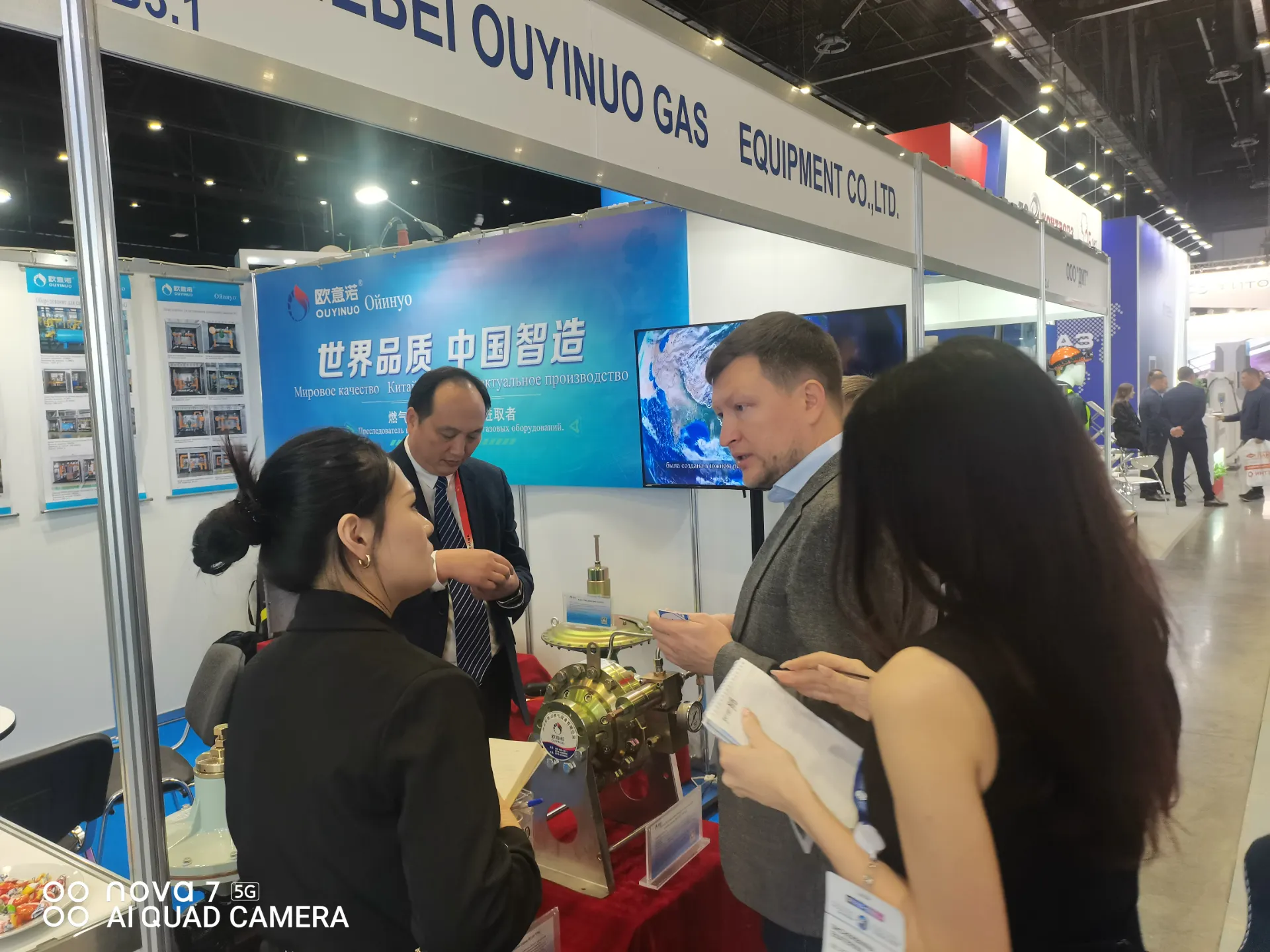
Nov . 29, 2024 09:58
Back to list
Efficient Natural Gas Pressure Regulation Systems for Optimal Performance and Safety
The Role of Gas Pressure Regulators in Natural Gas Systems
Natural gas is one of the most widely used sources of energy globally, powering homes, industries, and vehicles. However, extracting and distributing natural gas comes with its challenges, particularly concerning maintaining safety and efficiency in the supply chain. One of the essential components in this system is the gas pressure regulator. This article explores the function and importance of gas pressure regulators in the natural gas industry.
Understanding Gas Pressure Regulators
A gas pressure regulator is a device that automatically manages the pressure of gas in a system to ensure it remains within safe and functional limits. These regulators can be found at various points in the gas supply system, from pipelines to residential gas stoves. Their primary role is to reduce the high-pressure gas from transmission lines to a lower pressure that can be safely used in residential and commercial applications.
The principle behind a gas pressure regulator is relatively straightforward. As gas travels through the pipelines, it is held at a high pressure, which is necessary for efficient transport. However, when it reaches its final destination, such as a furnace or a cooking appliance, the pressure needs to be reduced significantly. This is where the regulator comes into play, ensuring that the gas is delivered safely and effectively without risking damage to appliances or posing safety hazards.
.
1. Safety One of the primary reasons for using gas pressure regulators is safety. High-pressure gas can be hazardous, leading to leaks, explosions, or equipment failures. Regulators maintain safe pressure levels, significantly reducing the risk of accidents.
منظم ضغط الغاز الطبيعي

2. Efficiency By ensuring that gas is delivered at the correct pressure, regulators help optimize fuel use in appliances. This not only improves efficiency but also minimizes waste, resulting in cost savings for consumers.
3. System Longevity Maintaining proper pressure is crucial for the longevity of gas appliances and pipelines. Over time, high-pressure gas can cause wear and tear, leading to expensive repairs or replacements. Regulators help mitigate this issue by maintaining optimal pressure levels.
4. Regulatory Compliance Many countries have strict regulations regarding natural gas distribution and usage. Gas pressure regulators help utilities and consumers comply with these standards, ensuring that safety protocols are followed.
5. Adaptability Gas pressure regulators are designed to accommodate fluctuations in demand. For example, during peak usage times, a regulator can adjust the pressure to meet higher demand without compromising safety or efficiency.
Conclusion
Gas pressure regulators are crucial components in the natural gas distribution system, contributing to safety, efficiency, and system longevity. As the demand for natural gas continues to grow, particularly in the context of transitioning to cleaner energy sources, the role of these regulators will only become more significant. By delivering natural gas at safe and effective pressures, they ensure that this vital energy source can be utilized safely and efficiently across various applications. In summary, investing in and maintaining high-quality gas pressure regulators is essential for anyone involved in the natural gas industry, from producers to end-users.
Latest news
-
Safety Valve Spring-Loaded Design Overpressure ProtectionNewsJul.25,2025
-
Precision Voltage Regulator AC5 Accuracy Grade PerformanceNewsJul.25,2025
-
Natural Gas Pressure Regulating Skid Industrial Pipeline ApplicationsNewsJul.25,2025
-
Natural Gas Filter Stainless Steel Mesh Element DesignNewsJul.25,2025
-
Gas Pressure Regulator Valve Direct-Acting Spring-Loaded DesignNewsJul.25,2025
-
Decompression Equipment Multi-Stage Heat Exchange System DesignNewsJul.25,2025

